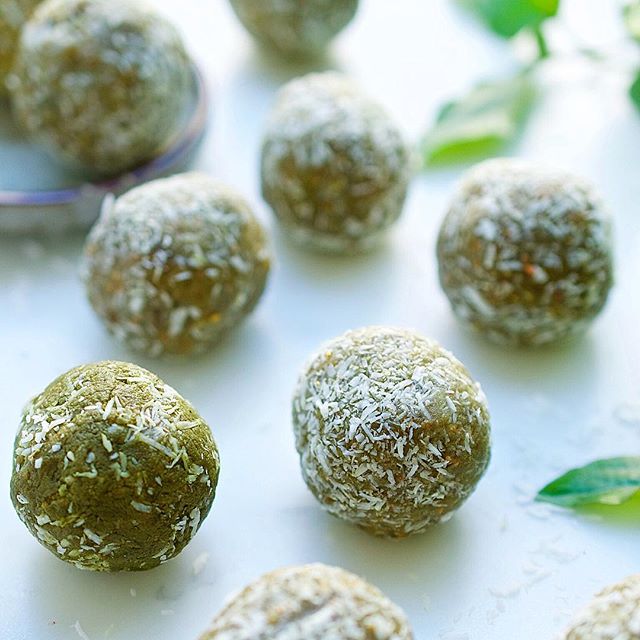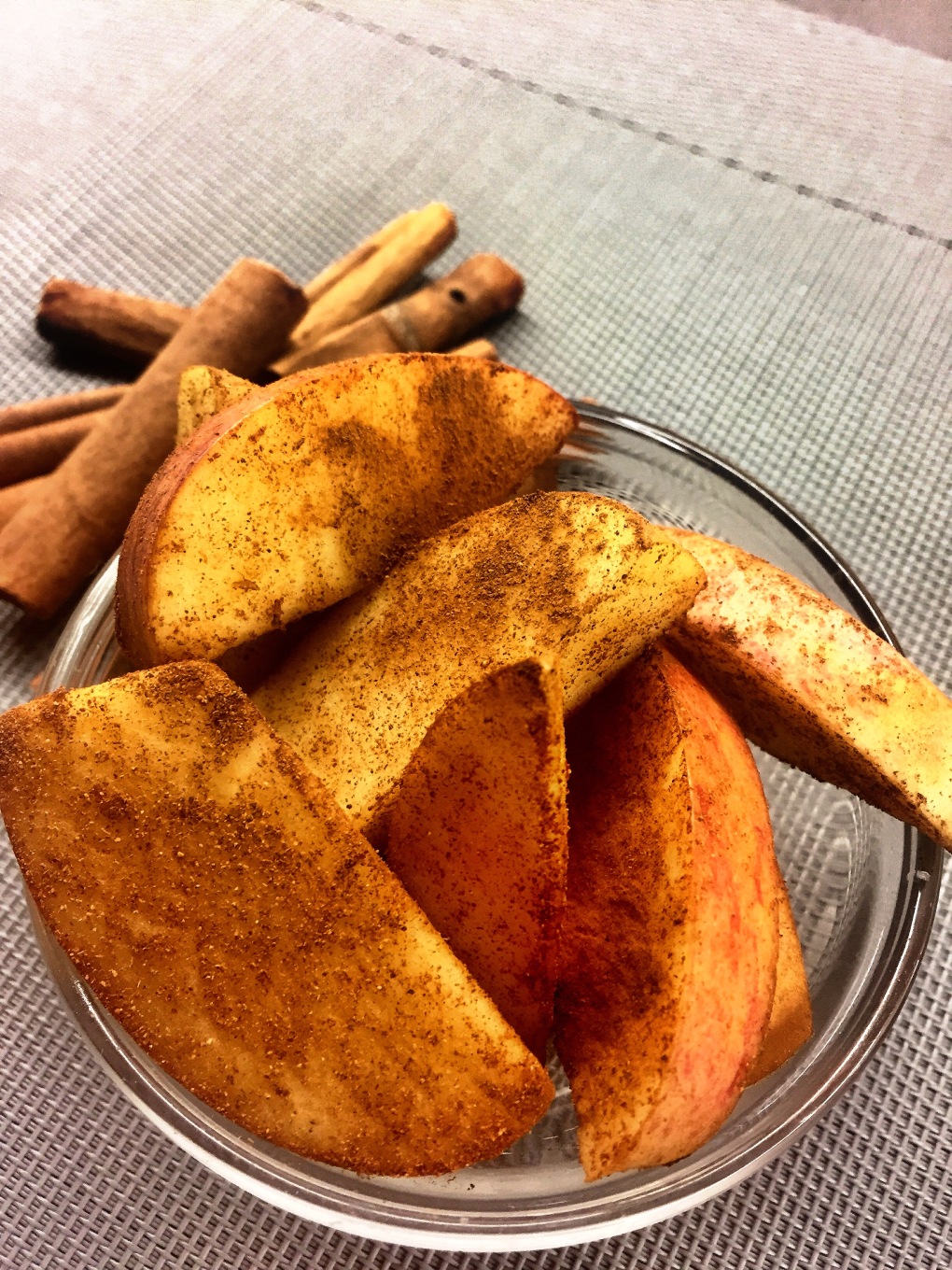No question that what you eat can affect how you feel, right? Both positively and negatively. (And the same goes for your kids. )
Mental health and brain health are incredibly complex. As are the foods we eat, and the ways our bodies interact with those foods. While, we don’t know the exact mechanisms of how food and nutrition help, we know a few ways that food impacts our moods.
First, we know that what we eat becomes the raw materials for our neurotransmitters. “Neurotransmitters” are biochemical messengers that allow our nerve cells to communicate. They are important not just for thinking and memory, but also for mental health. Second, we know what we eat affects our blood sugar. And having unstable blood sugar levels can contribute to mood swings…bad ones. Where do you think the term #hangry comes from?
So, let’s talk about mood-boosting and mood-busting foods….which ones to include and which ones to avoid. Especially as we move into the winter months, with less hours of sunlight we need to take external steps to support and improve our mood.
Top Mood Boosting Foods and Supplements
- Did you know that some nutrient deficiencies can look like mental health problems? Yup. The food we eat (or don’t eat) can affect us so profoundly that it mimics a mental health imbalance…this includes deficiencies in B-vitamins, vitamin D, and the mineral selenium. Clearly, getting enough vitamins, minerals, (and other things like antioxidants) are key. These nutrients not only reduce inflammation but also fuel the biochemical reactions in our bodies. So make sure you’re eating a variety of nutrient-dense whole foods, especially fresh fruits and vegetables. In fact, studies show that people who eat the most fruits and vegetables are the happiest. #yesplease
- Pay special attention to vitamin D (the sunshine vitamin), as it’s not naturally occurring in too many foods.
- Selenium is an essential mineral found in Brazil nuts, walnuts, cod, and poultry. Try to add some of those to your weekly diet.
- Fourth. Make sure you get enough protein. Protein is your body’s main supply of amino acids. Amino acids are very important for mood issues because they are the building blocks of neurotransmitters. I recommend eating protein with every meal and don’t forget that protein also helps to regulate blood sugar,
- Fifth. Complex carbohydrates like sweet potato and quinoa are great too. They allow better absorption of key amino acids like tryptophan (and remember that Turkey time is just around the corner). Tryptophan is used by your body to make serotonin (your “happy hormone”) and melatonin (your “sleepy” hormone). So, if you want to relax, try these in the evening.
- Sixth. Fish and other sources of omega-3 fatty acids (nuts, seeds, and algae) are also mood-boosting. Omega-3s are definitely “brain food” and may help to ease some symptoms.
FUN FACT: One study showed that giving one multi-vitamin and one omega-3 fish oil tablet per day to prison inmates reduced the incidence of violent behavior by 50%!
Not that I’m comparing my kids to prison inmates buuuuuuut, ALL my kids get fish oil in the morning to help set them up for the day AND in the evening before bed to help calm them and prepare them for sleep.
Last but not least, make sure you’re hydrated. Mild dehydration can cause mood issues as well!
Top Mood-busting foods
This shouldn’t be a surprise to you – processed foods are mood-busters! One study suggests that eating a lot of processed foods devoid of nutrients can increase your chances of becoming depressed by as much as 60 percent! This is on top of the research that shows nutrient deficiencies can look like mental health imbalances. How much feedback do you need to jump off this bandwagon? Processed foods are problematic for so many reasons.
I know you’re probably thinking….“But it makes me feel good!” Yes, some of these mood busters can make you feel better…but only temporarily. Most big food companies hire scientists to study how to maximize the “pleasure” centers with the perfect amount of sugar, salt, and fat. Not to mention the color, texture, and taste; they can light up our taste buds and make us feel good… for now. They call it the “bliss point” and their goal is light up this centre of your brain on a regular basis.
But do you know what also makes you feel good? Weight training, running, walking..or just moving! Lots of things can help boost your mood and make you feel good….AND have the added benefit of improving your health.
A few other things to avoid are:
- Alcohol (nervous system depressant)
- Caffeine (may worsen anxious feelings and ability to sleep)
- Sugar (messes with your blood sugar and can worsen inflammation).
Bad moods can lead to bad eating habits; and, bad eating habits can lead to bad moods. If you need a mood boost, stick to minimally processed nutrient-dense whole foods. Things like fresh fruit and vegetables (including leafy greens), nuts and seeds, eggs, fish, poultry, and meat. Avoid common mood-busting foods like alcohol, caffeine, and sugar.
And remember, sometimes “feel good” junk foods, only make you feel good temporarily.
Recipe (mood boosting): Fruit Salad

Serves 6-8
Ingredients:
- 1-2 cups watermelon, cubed
- 1-2 cups cantaloupe, cubed
- 1-2 cups blueberries, fresh
- 1-2 cups blackberries, fresh
- 1-2 cups green grapes
- 1 tbsp chia seeds (optional)
- 2 tbsp walnuts (optional)
Directions:
- Place all fruit in a large bowl and gently toss.
- Serve & enjoy!





